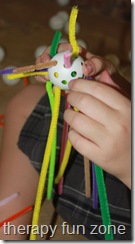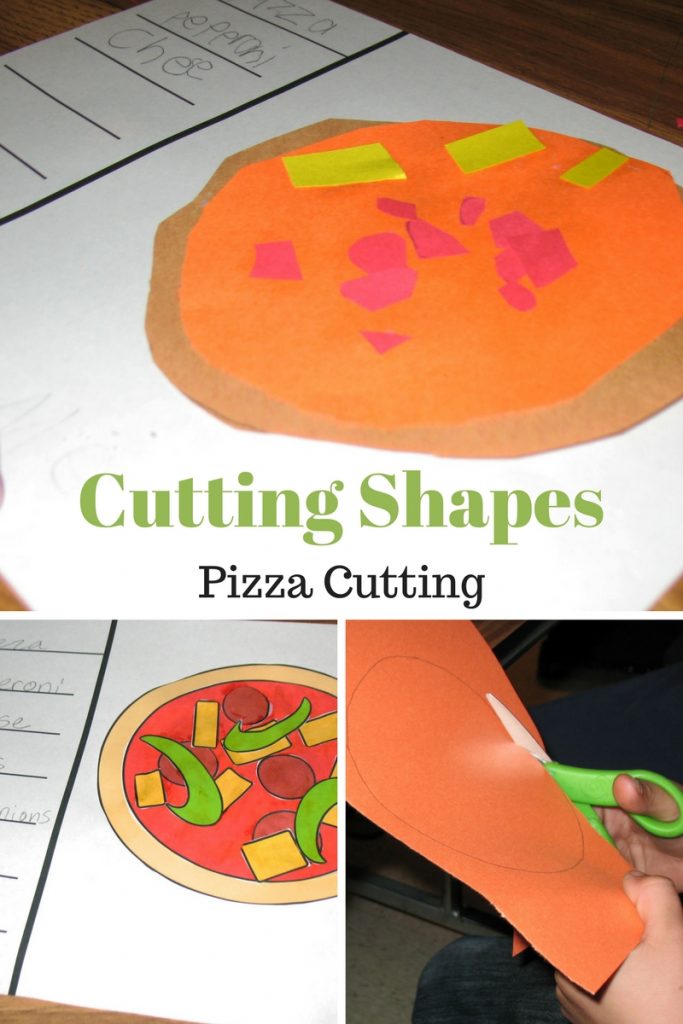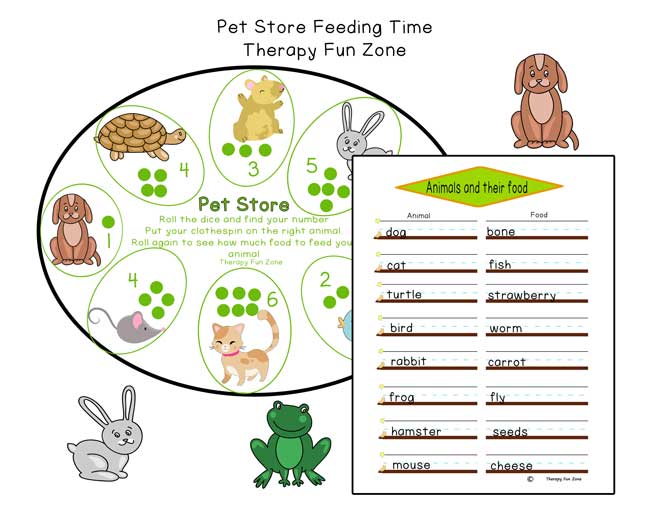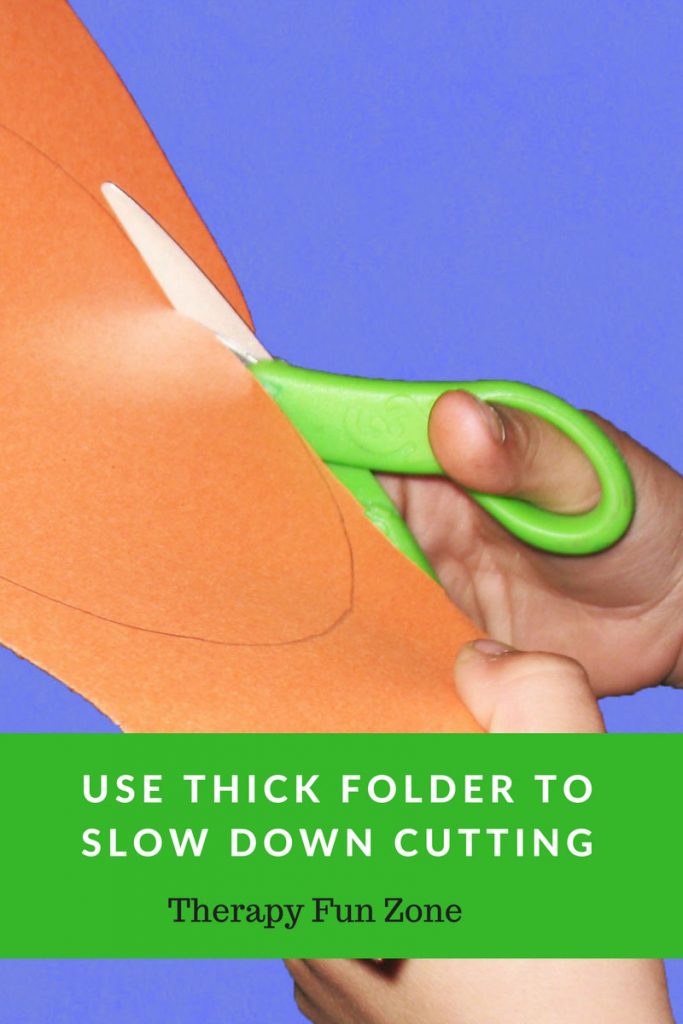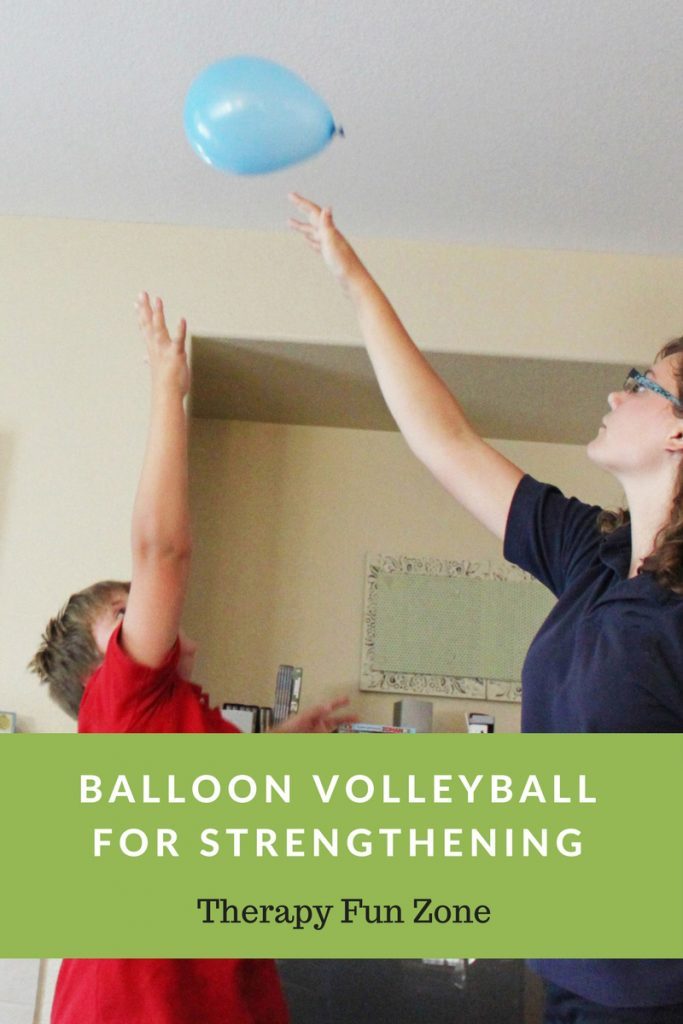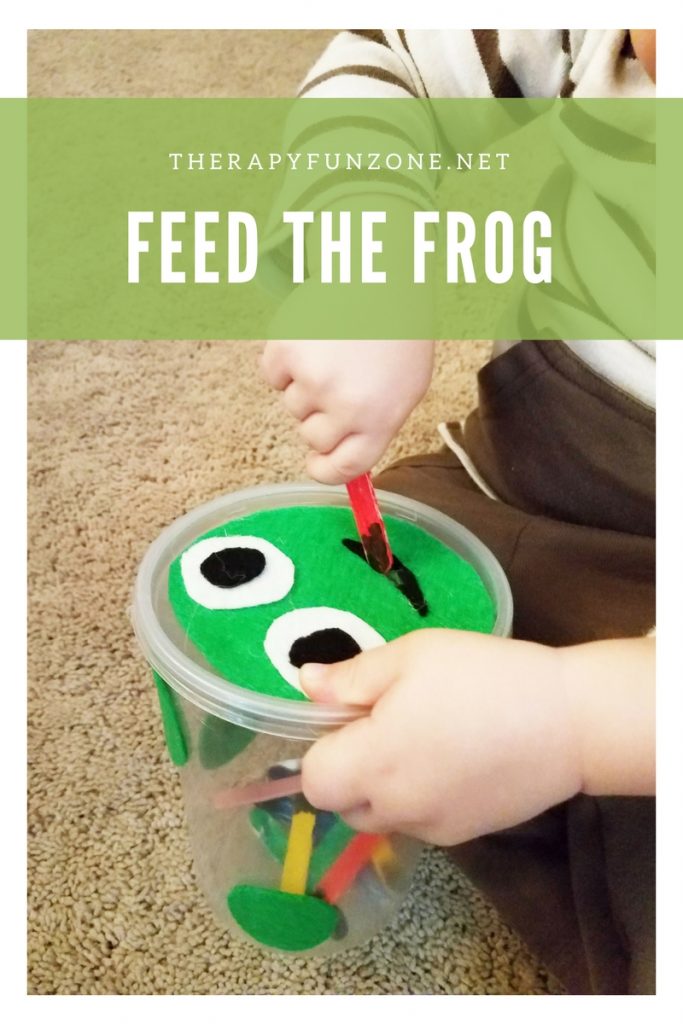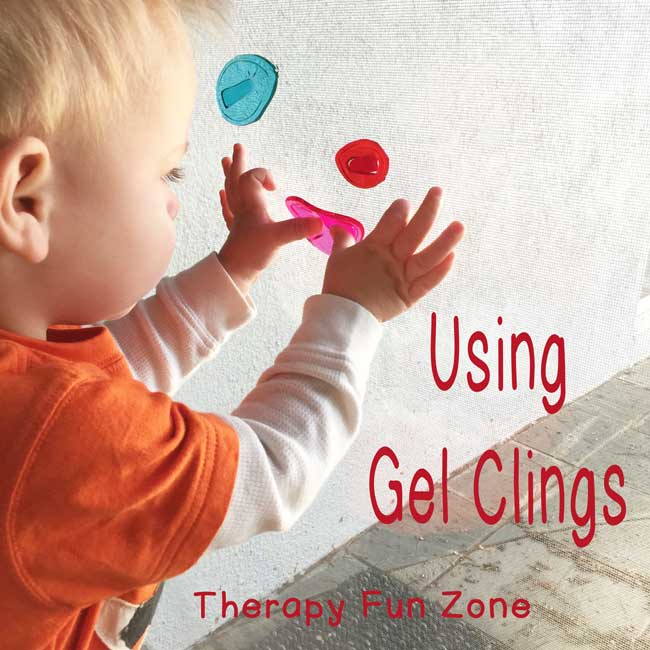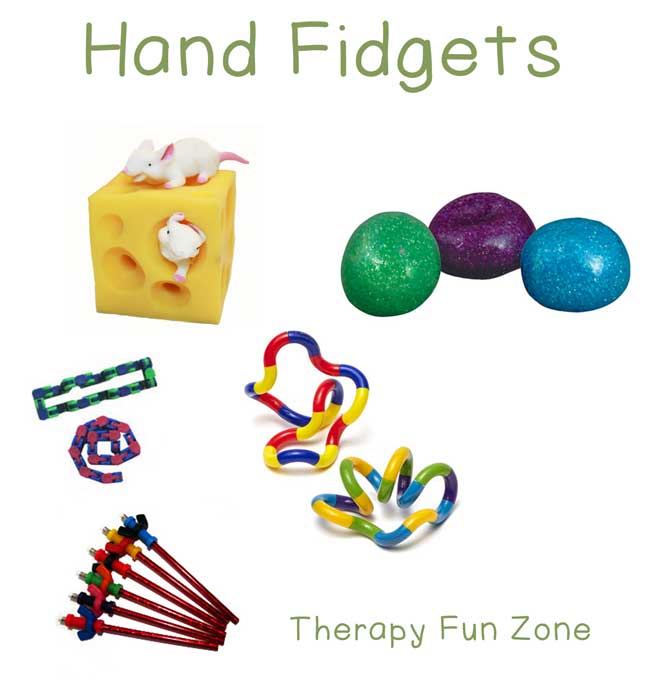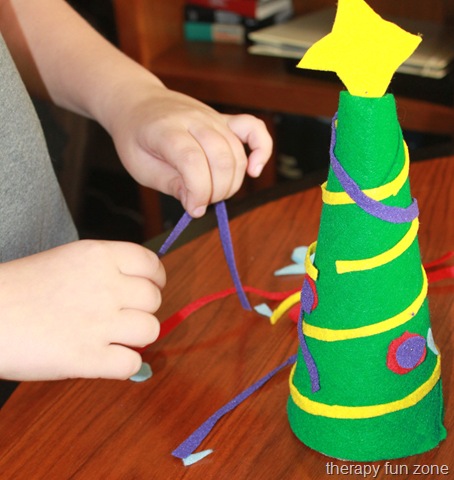Bilateral integration is the ability to use both sides of your body together in a coordinated way. You need to have bilateral coordination in all parts of your body, such as your legs for walking, and your eyes for seeing, but when talking about fine motor skills, we focus more on the bilateral upper extremity, or both arms, hands and trunk working together in a coordinated way.
Hand dominance usually begins to show itself early on by a child tending to initiate activities with one hand more than another. It should be completely set by 5 ½ years old. It is usually a good idea to let a child determine his own dominance, and give him time to do it. If, however by 5 years old, a dominance is not set, you may need to give some influence to it so that motor patterns can be perfected on one side slightly more than the other. The child will need to practice on one side more than the other in order to gain the precision and skill and motor memory of tasks.
In the development of smooth bimanual coordination, a child will first start to use both hands together symmetrically such as banging on pots and pans. Next they will hold one hand still while the other moves. You can see this in a child just learning to clap. Finally, a child will learn to coordinate using their hands to work together while both doing different tasks. This can be seen when cutting with scissors. One hand is moving the paper while the other is opening and closing the scissors.
